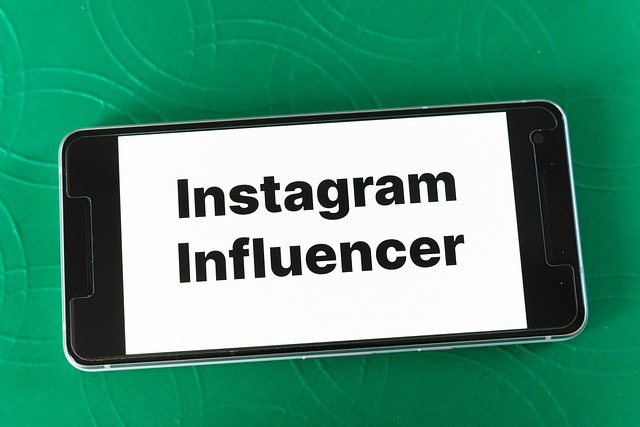
The Evolution of Influencers’ Credibility: Navigating Technology Etiquette and Social Trends
The landscape of influencers’ credibility has experienced a significant metamorphosis over the past decade. As social media platforms revolutionize the way we communicate and share, the opportunities for influencers to connect with their audiences have expanded. However, this has come with a heightened responsibility to maintain authenticity and transparency. Technology etiquette and shifting social trends play pivotal roles in shaping these dynamics.
In today’s digital era, influencers’ credibility hinges on their ability to navigate the intricate web of social expectations and technological advancements. From TikTok dances to Instagram reels, the manner in which influencers present themselves is constantly evolving. With the advent of new technology, audiences expect influencers to be not only relatable but also knowledgeable about the tools they use to create content. This raises the bar for influencers to keep up with platform updates, audience engagement techniques, and ethical marketing practices.
One of the most notable shifts in technology etiquette is the demand for transparency. Followers are becoming increasingly aware of sponsored content and paid partnerships. Influencers are now expected to clearly disclose when their posts are paid promotions. This transparency builds trust and enhances influencers’ credibility. When influencers authentically share their experiences with products or services, followers feel they are receiving honest recommendations rather than overt advertisements.
Moreover, social trends highlight the growing importance of community engagement. Influencers are not just content creators; they are community leaders who foster connections and inspire their followers. As society becomes more diverse and inclusive, influencers are called to reflect these values in their content. By aligning their personal brand with social movements, influencers who champion social causes can deepen their credibility and forge stronger bonds with their audience. This connection can also serve to elevate their influence, as audiences are more inclined to engage with those who share their values.
Another trend impacting influencers’ credibility is the rise of micro and nano influencers. As audiences increasingly seek authenticity over star power, brands are recognizing the potential of these smaller influencers who often boast higher engagement rates. This shift indicates a broader societal desire for genuine connections and relatable content. Micro influencers often cultivate close-knit communities where followers feel personally connected to the influencer. This intimacy can boost their credibility significantly, as recommendations feel like advice from a trusted friend rather than a contractual obligation.
Furthermore, influencers must remain aware of the potential pitfalls of their online presence. The rapid dissemination of information can lead to misinformation and reputational damage if influencers are not vigilant. Navigating this terrain requires a solid understanding of their audience and an acute awareness of their brand image. By consistently presenting a curated yet authentic persona, influencers can maintain their credibility in the fast-paced world of social media.
As technology continues to evolve, influencers must adapt to the changing landscape. This adaptability isn’t just about jumping on trends; it’s about embracing a holistic approach to content creation and audience interaction. By respecting the ever-evolving technology etiquette and being attuned to social trends, influencers can enhance their credibility and ensure their relevance in the digital space. Ultimately, the evolution of influencers’ credibility rests on their ability to authentically engage with their audience while navigating the complexities of contemporary social dynamics.



